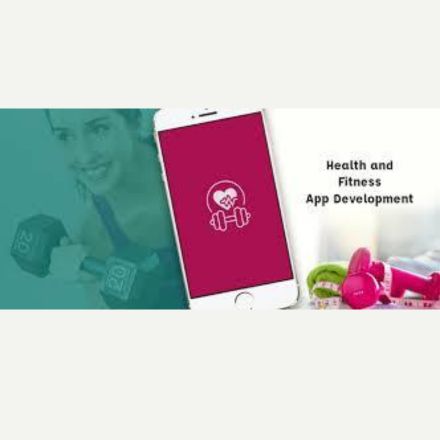The global fitness app industry is booming, driven by growing health awareness and advancements in wearable technology. Among the leading apps in this space, Google Fit has set a high standard with its seamless tracking, intuitive interface, and broad device compatibility. If you’re considering fitness app development, creating a Google Fit clone with custom features tailored to your target audience can be a lucrative and rewarding venture. In this guide, we’ll explore what it takes to develop a comprehensive health tracker app, the must-have features to include, and an overview of the fitness app development cost to expect.
Understanding the Fitness App Market
Fitness apps today are no longer simple pedometers or basic calorie counters. Users demand multifunctional platforms that integrate with wearables, provide personalized insights, support diverse workouts, and motivate them to stay active. Google Fit’s success is built on its ability to meet these needs while maintaining ease of use.
For startups and developers, cloning Google Fit’s core functionalities provides a strong foundation. However, adding custom features that address specific user pain points or niches can set your app apart from the competition and boost user engagement.
Core Features of a Google Fit Clone Health Tracker App
A health tracker app modeled after Google Fit should offer a range of functionalities that cover the spectrum of user fitness and wellness needs:
1. Comprehensive Activity Tracking
At its core, your app should accurately track user activity—steps, distance, calories burned, and specific workouts like running, cycling, or swimming. Utilizing smartphone sensors (GPS, accelerometer) and wearable integrations ensures data accuracy.
2. Heart Rate and Vital Sign Monitoring
Advanced health tracking includes heart rate monitoring and other vital signs such as blood oxygen levels and stress indicators. Integrating with wearables like Fitbit, Garmin, or Apple Watch enables real-time tracking and richer health insights.
3. Sleep Analysis
Quality sleep is integral to overall health. Including sleep tracking features that monitor sleep duration and quality allows users to understand and improve their rest patterns, contributing to holistic wellness.
4. Goal Setting and Progress Visualization
Motivation is key in fitness journeys. Allow users to set personalized goals—daily steps, calorie intake, workout frequency—and provide visual progress through charts and dashboards. Celebratory badges and reminders can further boost engagement.
5. Nutrition and Hydration Tracking
While Google Fit offers integration with some nutrition apps, including a built-in food and water intake tracker as a custom feature can provide users a one-stop health platform, encouraging holistic lifestyle management.
6. Social Features and Gamification
Adding social sharing, leaderboards, challenges, or community groups can foster motivation through friendly competition and support. Gamification elements like rewards or streaks increase user retention.
7. Integration with Multiple Platforms and Devices
Compatibility with both Android and iOS, alongside seamless synchronization with popular wearables and other health apps, ensures users can access their health data anytime, anywhere.
8. Data Security and Privacy
Given the sensitive nature of health data, strong encryption, user authentication, and compliance with regulations like GDPR and HIPAA are essential to build trust and protect user information.
Fitness App Development Cost Overview
Understanding the fitness app development cost helps in planning your budget realistically. Costs depend on app complexity, platform choice, features, and development team rates. Basic App
A basic Google Fit clone with essential features such as step counting, activity logging, and simple UI might cost between $30,000 and $50,000. This version can serve as a Minimum Viable Product (MVP) to test market acceptance.
Mid-Level App
Adding heart rate monitoring, sleep tracking, wearable integrations, and improved UX can raise development costs to around $60,000 – $100,000. This tier suits businesses aiming for a more polished product with wider feature sets.
Advanced App with Custom Features
Incorporating AI coaching, social elements, nutrition tracking, and cross-platform support can push the cost beyond $120,000, depending on the scope and scale.
Additional Costs
Backend Infrastructure: Hosting, data storage, and scalability add to expenses.
Maintenance and Updates: Ongoing improvements, bug fixes, and compatibility updates require an annual budget (typically 15-20% of the initial cost).
Marketing and Launch: User acquisition campaigns and app store optimization are vital for success.
Final Thoughts
Developing a health tracker app like Google Fit requires a solid understanding of user needs, robust technology, and an innovative approach to stand out. By including essential tracking features and adding personalized customizations, your app can appeal to a broad audience eager to improve their fitness and wellness.
Budgeting realistically for development and ongoing maintenance ensures your app stays competitive and sustainable in a dynamic market. With the right team and vision, your fitness app can become a trusted companion on users’ health journeys, carving out its space alongside industry leaders like Google Fit

